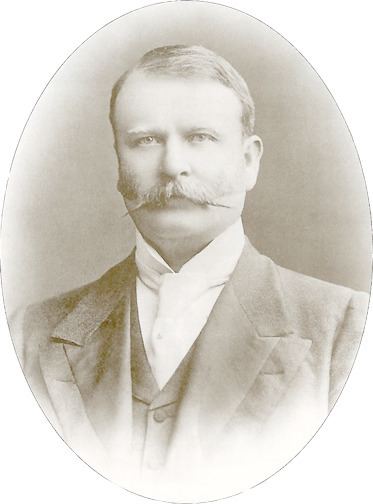Name John Hill Role Architect | Died April 5, 1915 | |
 | ||
John cathles hill top 19 facts
John Cathles Hill (1857 – 5 April 1915) was an architect and property developer who was influential in the development of parts of suburban north London.
Contents
- John cathles hill top 19 facts
- Early life
- Career
- North London
- Family and personal life
- Death and legacy
- References

Early life
John Cathles Hill was born in Hawkshill, part of Dundee. When he was three years old his family moved to the village of Auchterhouse in Angus County (now Tayside). His father was toll booth keeper of Auchterhouse which he combined with working as a cartwright and joiner.
Career
When Hill was seventeen he left home and became a self-employed journeyman carpenter and joiner. After two years he settled in Glasgow where he attended the Mechanics' Institute. There he learned the principles of architecture and construction. At the age of 21 he moved to London. After quickly establishing himself as a joiner, Hill was able to set up his own joinery business within a year. His business was successful and it was not long before he was exploiting the suburban building boom and building houses. By 1881 he was described as a "builder employing 8 men". His first offices were established in Archway, London.
North London
Hill became a prolific developer-architect in North London. Records indicate that he was responsible for building 2,397 houses in or near London and in the neighbourhood of Peterborough. He focussed on suburban communities for the middle classes complete with houses, shops and pubs. In the 1890s he built up a good part of Harringay, North London. In addition to a few streets of terraced houses to the east of Green Lanes, the development also included a magnificent terrace of shops, Grand Parade, and a vast ornate public house, The Salisbury. He is also credited with large developments in Crouch End including the Grade II* listed Queens pub in Crouch End (and is also in CAMRA's National inventory), the Broadway Parade on the western side of Crouch End Broadway and the Rathcole estate.
As a developer Hill experienced a shortage of bricks. He resolved this problem by acquiring a brickfield at Fletton in 1889. This eventually became the London Brick Company. At his Fletton works, he built a huge kiln, called 'Napoleon' which was the biggest in the world.
Hill also owned a chain of five off-licences in north London. When his businesses ran into trouble, these five were taken over by his cousin William Cathles and some survived till the middle of the Twentieth century.
In 1910 Hill founded a national association of brick manufacturers to try and tackle the trade's endemic competition which had been threatening its ruin. He was a local councillor both in Fletton and served on the London County Council from 1910.
Family and personal life
When he first moved to London Hill was recorded as living at 9 Albert Road, Tottenham, Middlesex. In 1882 he married a grocer’s daughter, Matilda Mose and by 1890 they had moved to Highgate, at the top of Whitehall Park. Four years later, success enabled a further move to a pseudo-gothic mansion called Southwood Hall in Highgate.
It is likely that by the middle of the first decade of the 20th century, his business was not succeeding as it had before. In 1905 the family moved out of Southwood and into a mansion flat in Hornsey Gardens, albeit an elegant one. In 1912 Hill was declared bankrupt with a deficit of over one million pounds.
Death and legacy
Hill died of a heart attack on 5 April 1915 and is buried at Highgate Cemetery, London.
